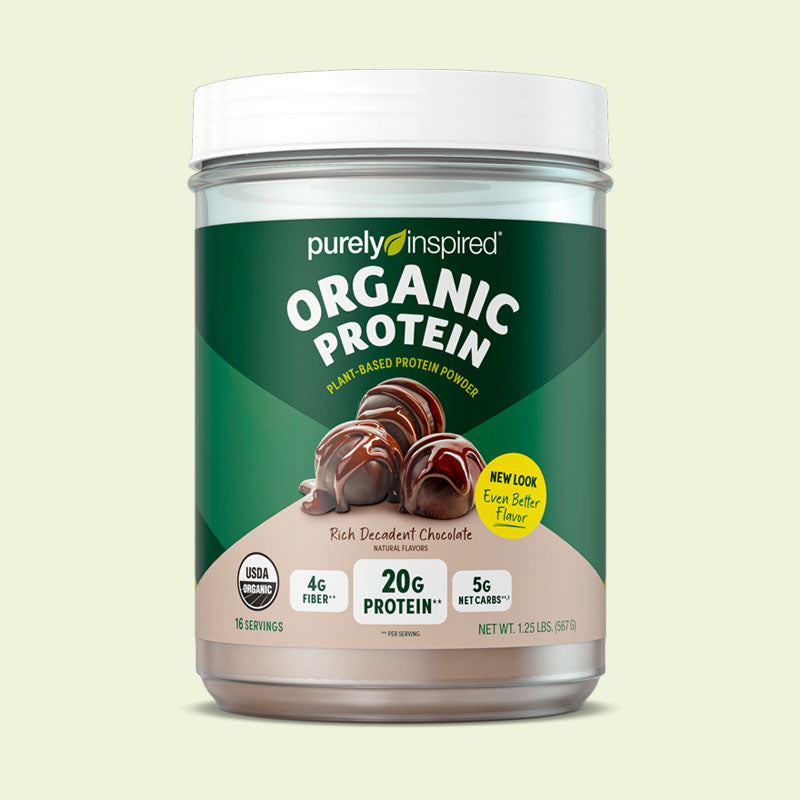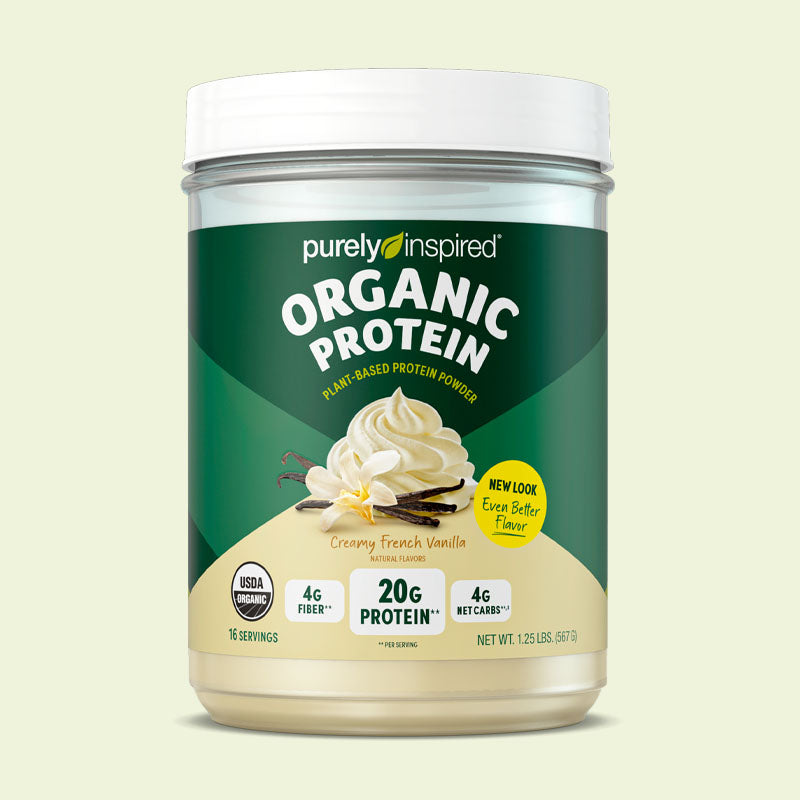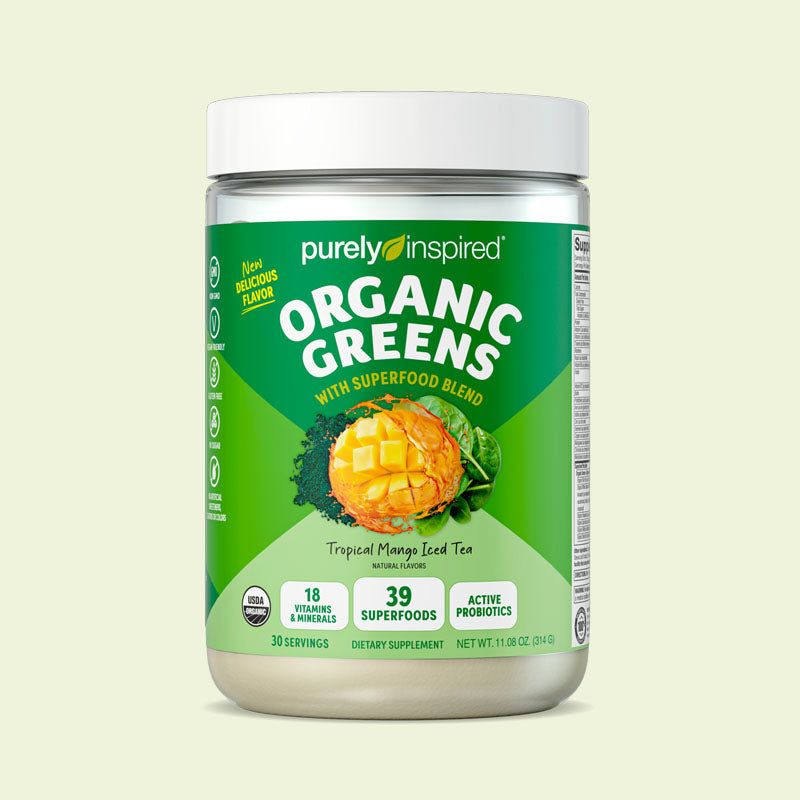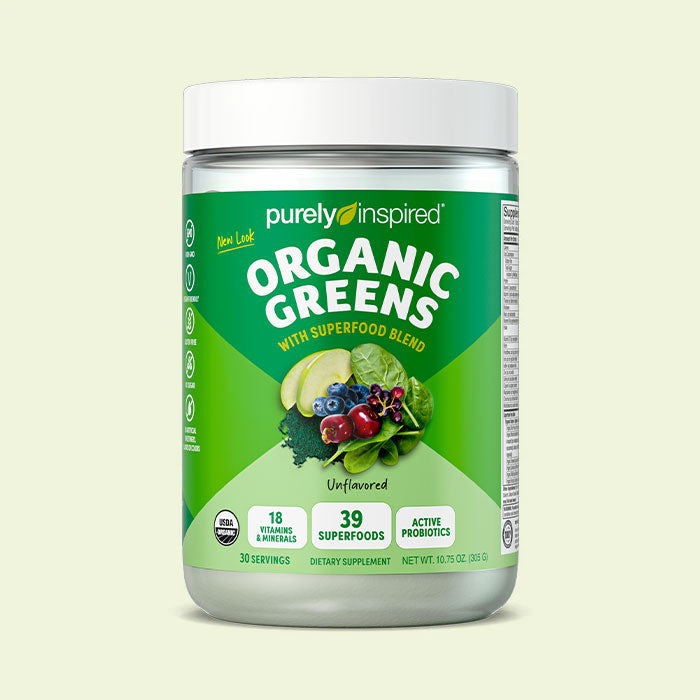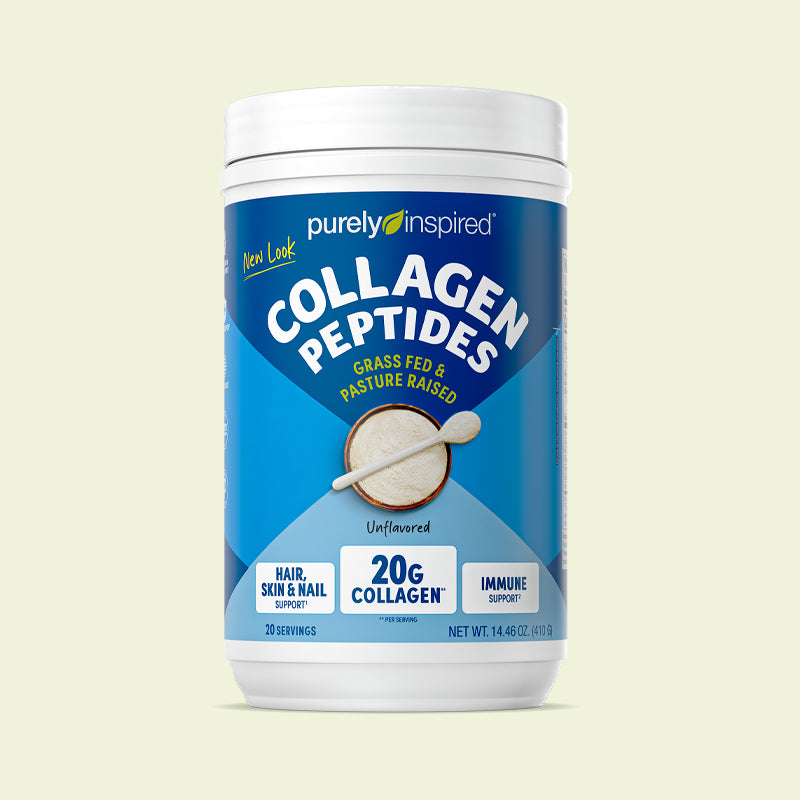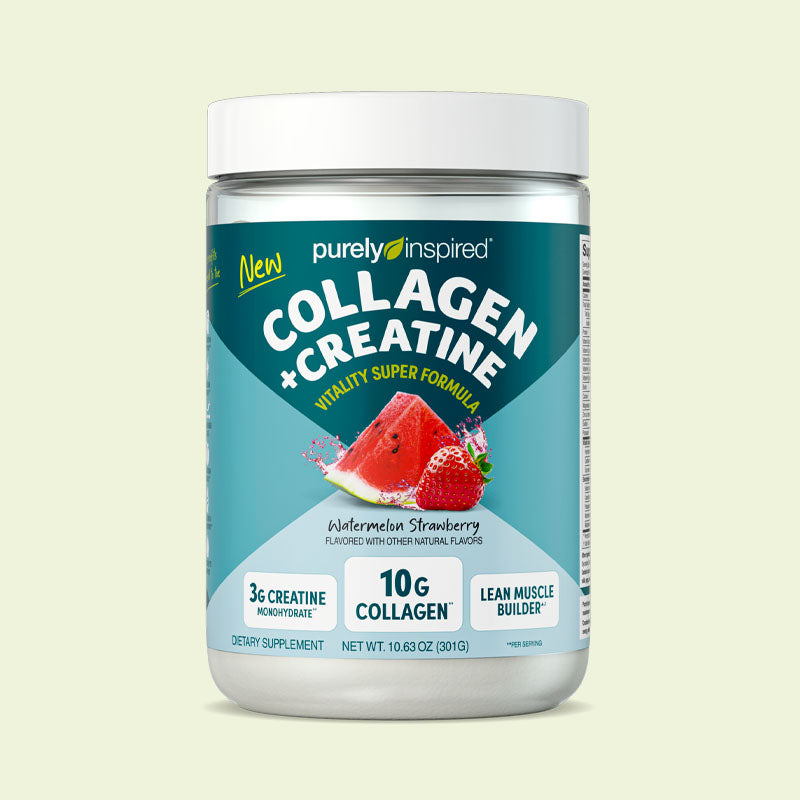If you are leading an active lifestyle, you have probably heard of creatine. It is one of the most popular and well-researched supplements out there. So, it is not strange that so many people rely on it for achieving their fitness goals.
We are talking about a supplement that many people use to boost their performance, increase muscle mass and strength, and help with recovery. Most research focuses on a specific kind called creatine monohydrate, but there are other types of creatine as well.
Whether you are already using creatine or thinking about adding it to your routine, let's explore the common types of creatine on the market to see which one might be the right fit for you.
Table of contents
What Is Creatine?
Before we get into the types of creatine, you should understand how this supplement actually works. Namely, when you decide to include something in your daily routine, it is essential to determine how it will help you and what benefits will come with it.
Creatine is a molecule that has a structure similar to amino acids, the essential components of proteins. However, it is important to note that this similarity does not imply that creatine directly boosts muscle protein synthesis (MPS).
This is a popular supplement that has been studied extensively over the years and is used by people all over the globe. Research shows that creatine not only helps improve exercise performance but might also support musculoskeletal health. So, its popularity does not actually come as a surprise.
Moreover, creatine, especially in its creatine phosphate form, is key for energy production within cells. It is involved in making adenosine triphosphate (ATP), which is a primary energy carrier in our cells. Numerous studies indicate that creatine supplements can enhance exercise performance significantly.
For example, some findings suggest that people using these supplements can see performance gains of around 10-20% from weight training ( Kreider, R. 2003 ).
These performance and other benefits typically come from increased phosphocreatine levels in your cells after supplementation. But with different types of creatine powders available on the market, choosing the right one can be a bit overwhelming. So, many people try to find ways to understand what they actually need.
That is why having some kind of guide with all the creatine properties explained can come in handy.
What Are Different Types of Creatine?
If you have decided to include a creatine supplement in your routine, it is crucial to understand how it works and what its advantages are. The best way to do that is to check out the different types of creatine and see what fits your needs and preferences.
1. Creatine Monohydrate
The most basic type of creatine powder is creatine monohydrate. Actually, it is the most researched kind on the market, hence its popularity. But, its fame is not only due to extensive research. Namely, this type of creatine comes with astonishing properties that have helped many people reach their desired fitness outcomes.
More precisely, creatine monohydrate is great for building muscle, boosting strength, and speeding up recovery. Since it is the most studied kind, we really understand its effects better than other forms. Plus, it is usually cheaper compared to options like buffered creatine and creatine hydrochloride. In many cases, you’ll hear people say that this is the best type of creatine!
When taken at the recommended amounts, creatine monohydrate is considered safe for use by healthy adults.
2. Creatine Ethyl Ester
Creatine ethyl ester is a form of creatine that is promoted for its potentially enhanced absorption and bioavailability compared to traditional creatine monohydrate.
Some companies say that creatine ethyl ester is better than other types, like creatine monohydrate. It is claimed to be better due to its alleged ability to increase creatine bioavailability, allowing for more efficient absorption in the body.
In other words, you had better stick to supplements that come with extensive research and get the results you expect. If you are looking for quick outcomes, this is your best solution.
3. Magnesium Creatine Chelate
When we exercise, magnesium levels can drop ( Tarsitano, M.G., et al., 2024 ). Since magnesium is crucial for energy production, combining it with creatine might help enhance performance during workouts.
However, there is no solid evidence to prove that magnesium creatine chelate is more bioavailable than other types of creatine. Plus, it comes at a hefty price - around five times more per serving than creatine monohydrate. So, if you are looking for more affordable supplement solutions, this is not the supplement you want
4. Creatine Hydrochloride
Liquid creatine is basically a version of the supplement that is already mixed with water, making it super convenient on the go. Nonetheless, researchers have found that creatine does not hold up very well in liquid form. If it sits around for too long, it can start to break down, which means it might not be as effective ( Gill ND, Hall RD, Blazevich AJ, 2004 ).
Some studies even suggest that liquid creatine might not work as well as the more common powder form. For example, one study showed that people improved their cycling performance by 10% when using powdered creatine, but the same boost was not seen with the liquid version ( Kreider et al., 2017 ).
The breakdown of liquid creatine does not happen right away, so if you mix your powder with water just before you want to take it, it should not be an issue. Most studies have tested creatine powders that are mixed right before consumption, which seems to be the best approach for getting the full benefits of the supplement.
5. Buffered Creatine Monohydrate
Buffered creatine monohydrate is often believed to have better absorption than other types, but the research on this is pretty limited.
Buffered creatine, sometimes called Kre-Alkalyn, is basically creatine that has been modified to have a higher pH to make it less acidic. Supplement companies often add an alkaline powder to stabilize it better in the stomach. They claim this can reduce some common side effects of traditional creatine, like bloating and cramping, but so far, there is no solid evidence to support that.
In fact, when researchers compared buffered creatine to regular creatine monohydrate, they found no real differences in effectiveness or side effects between the two. This means that you may see the same results whether you take creatine monohydrate or the buffered type.
6. Liquid Creatine
Liquid creatine is basically a version of the supplement that is already mixed with water, making it super convenient on the go. Nonetheless, researchers have found that creatine does not hold up very well in liquid form. If it sits around for too long, it can start to break down, which means it might not be as effective.
Some studies even suggest that liquid creatine might not work as well as the more common powder form. For example, one study showed that people improved their cycling performance by 10% when using powdered creatine, but the same boost was not seen with the liquid version.
The breakdown of liquid creatine does not happen right away, so if you mix your powder with water just before you want to take it, it should not be an issue. Most studies have tested creatine powders that are mixed right before consumption, which seems to be the best approach for getting the full benefits of the supplement.
How to Choose The Right Type of Creatine for You?
When it comes to picking a creatine supplement, having so many options can actually make it tougher to decide. Nowadays, the fitness industry has a lot of choices at your disposal, so you might easily get overwhelmed, especially if you have never taken supplements before.
So, we have come up with some tips to help you select the right one for you.
1. Examine The Ingredients
Some creatine supplements come mixed with other ingredients. Be sure to read the product label so you know it includes only what you want or need. Reading the label of supplements is essential, so if you are new to the world of supplements, this is something you have to remember.
Also, bear in mind that this applies to all types of creatine. So, no matter the form you pick, always check the ingredients to see that you are going for the real thing.
2. Consider The Cost
Creatine supplements vary widely in price. One way to evaluate their cost is by calculating the price per serving. Just keep in mind that alternative forms of creatine often come with a higher price tag. Also, you do not always have to go for the most expensive one, but do not choose the cheapest one either. Remember that investing in supplements is investing in yourself and your health.
Following these tips can make your choice a bit easier, and you will be more aware of what you intake on a daily basis.
Should Women Take Creatine?
A woman’s body experiences various changes over her lifetime, and these shifts can influence the effectiveness of creatine in her muscles. As a result, there are specific times in a woman’s life when creatine supplements might offer more benefits than at other times ( Antonio et al., 2021 ).
Taking creatine can lead to several advantages that many might find appealing. For starters, it can really boost exercise performance and overall strength, making workouts feel more rewarding. In addition, it has the potential to help increase both muscle mass and lean body composition, which can be beneficial for fitness and health.
Another great perk of creatine is that it may promote quicker muscle recovery after workouts. This means that you could bounce back faster and get back to your routine without feeling as drained, enabling you to maintain consistency in your fitness journey.
Our Collagen + Creatine supplement is designed to support women through their fitness challenges and help them achieve their goals faster. Whether you are someone who hits the gym regularly, just gets active on weekends, or you are simply trying to boost your overall well-being, this type of creatine for women will provide you with the ingredients you need to meet the requirements of your achievements. Plus, it comes with delicious flavors, meaning you will enjoy taking it on a daily basis.
As you can see, different types of creatine come with distinct properties that might help your fitness journey. It is up to you to find the one that suits your needs and helps you get the desired outcomes. Just remember to always check the labels before you make your purchase!
As you can see, different types of creatine come with distinct properties that might help your fitness journey. It is up to you to find the one that suits your needs and helps you get the desired outcomes. Just remember to always check the labels before you make your purchase!


